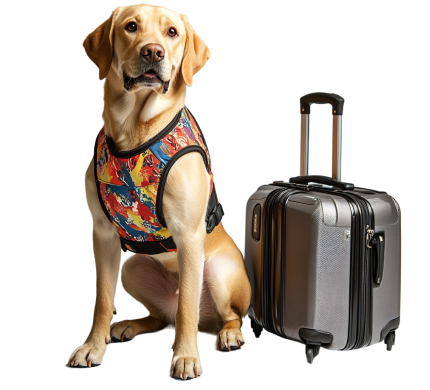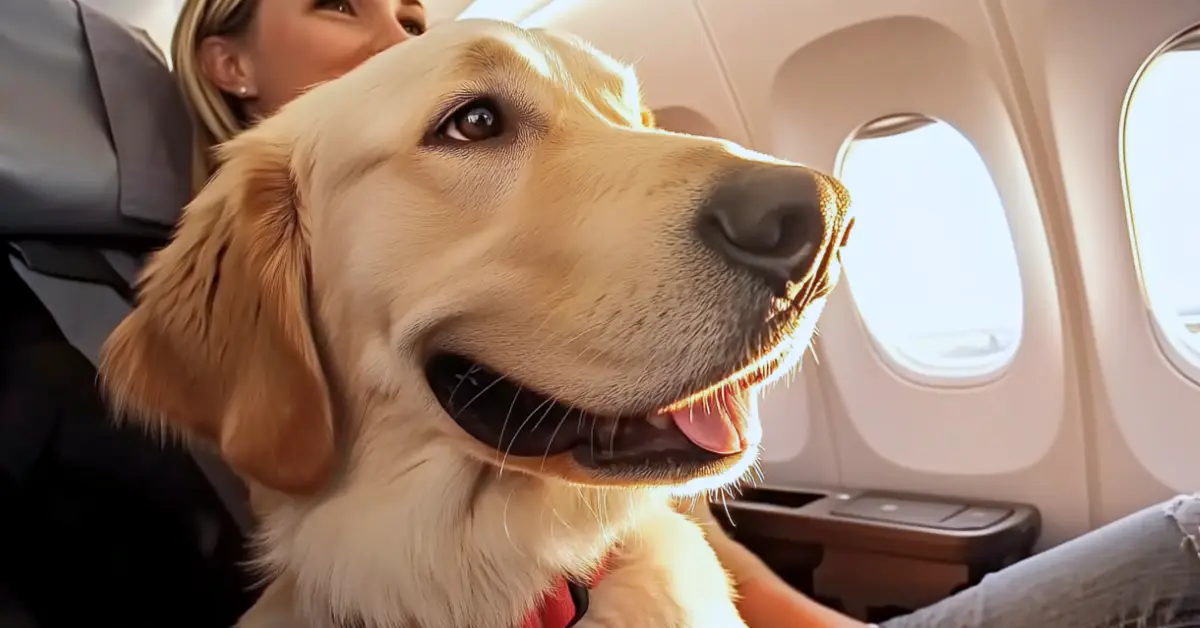All Our Articles on Flying
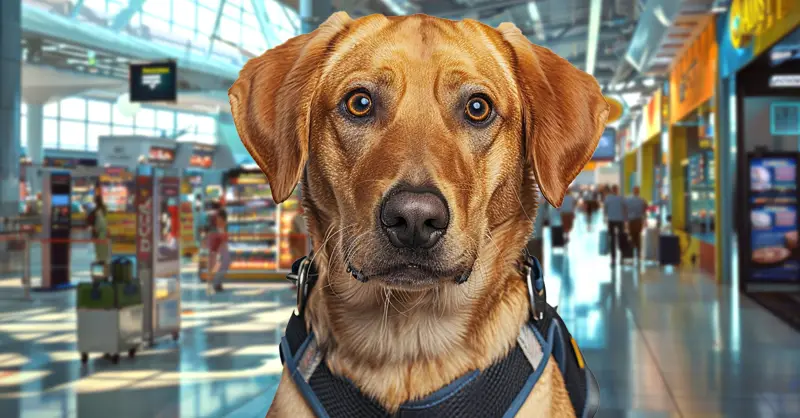
Guide to Dog-Friendly Foods at the Airport
Being able to fly with your dog is one of the great benefits of modern air travel. But if you’re not fully prepared — or... Read more
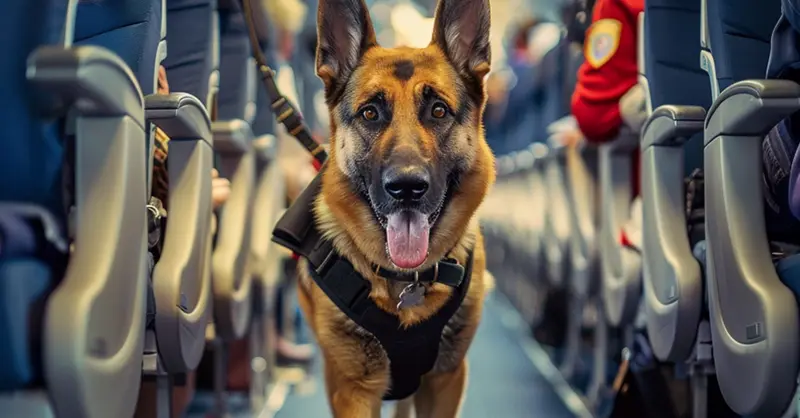
How to Keep your Dog Calm While Flying
Keeping your dog calm during a flight requires preparation before the flight, like exercise and acclimation training, as well as learning some in-flight tactics. The... Read more
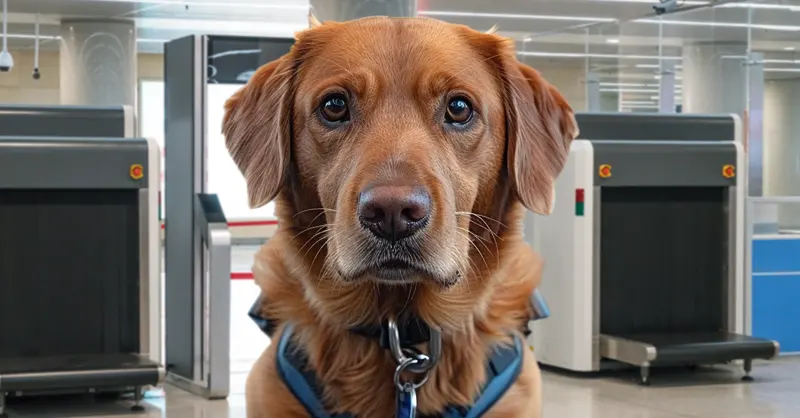
How to Bring a Dog Through Airport Security
Embarking on air travel with your furry friend, whether a service dog or a beloved pet, can stir up a mix of excitement and apprehension,... Read more
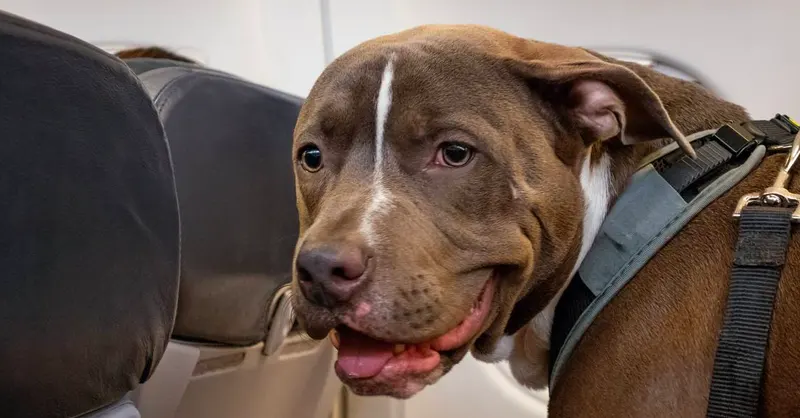
Where Does a Service Dog Sit On An Airplane?
In short: During flights, smaller service dogs are allowed to sit in their handler’s lap while larger service dogs can sit in the foot space.... Read more
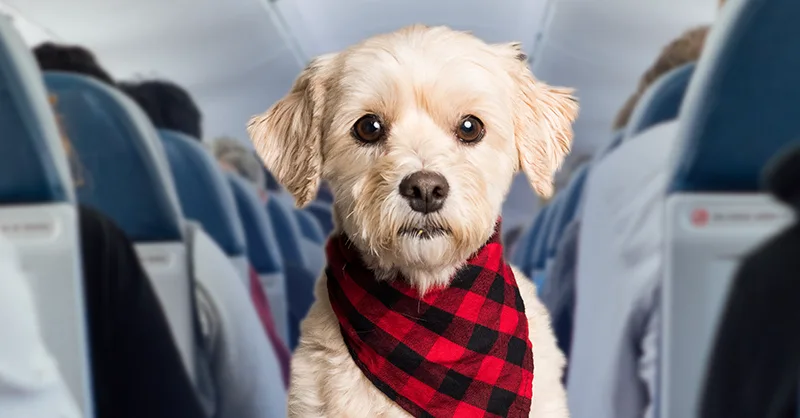
Flying with a Psychiatric Service Dog for the First Time
If you’re flying with a psychiatric service dog (PSD) for the first time, you may feel anxious, confused, ashamed, hesitant, or all of the above.... Read more
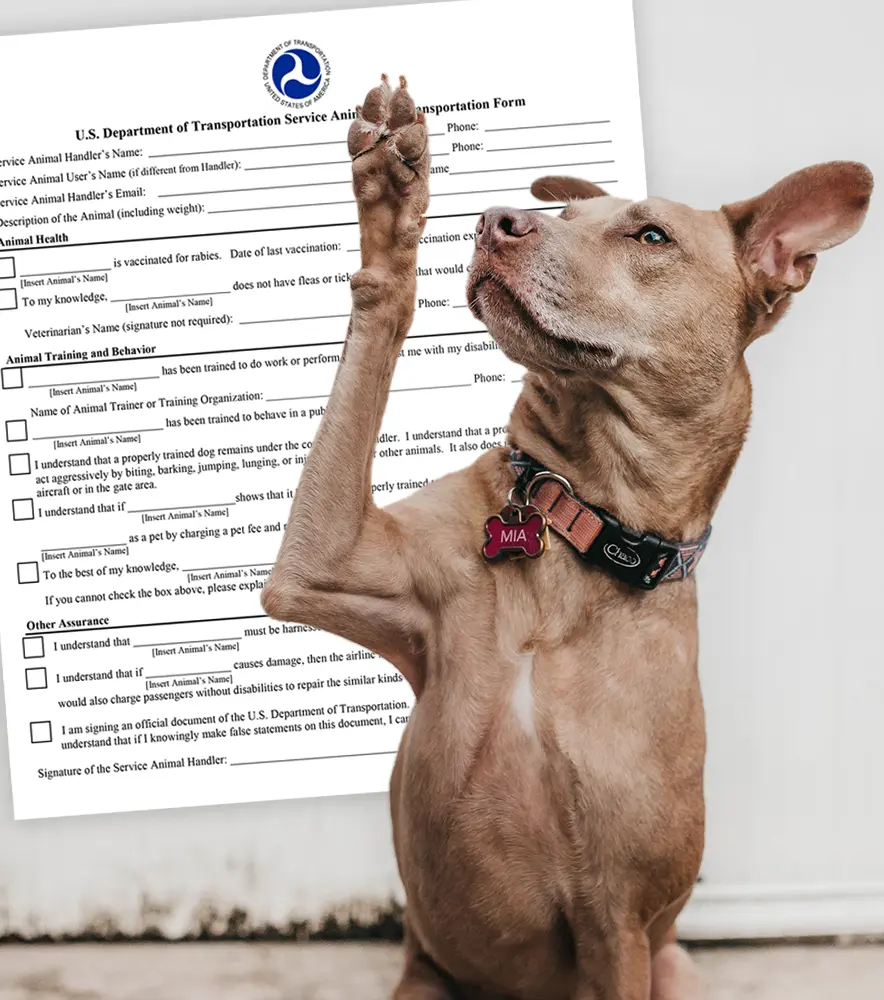
How to Use the DOT’s Service Animal Air Transportation Form to Board Flights
Download the DOT Form - Service Animal Air Transportation Form (pdf) here. If you plan to fly with a service dog, there is one document... Read more
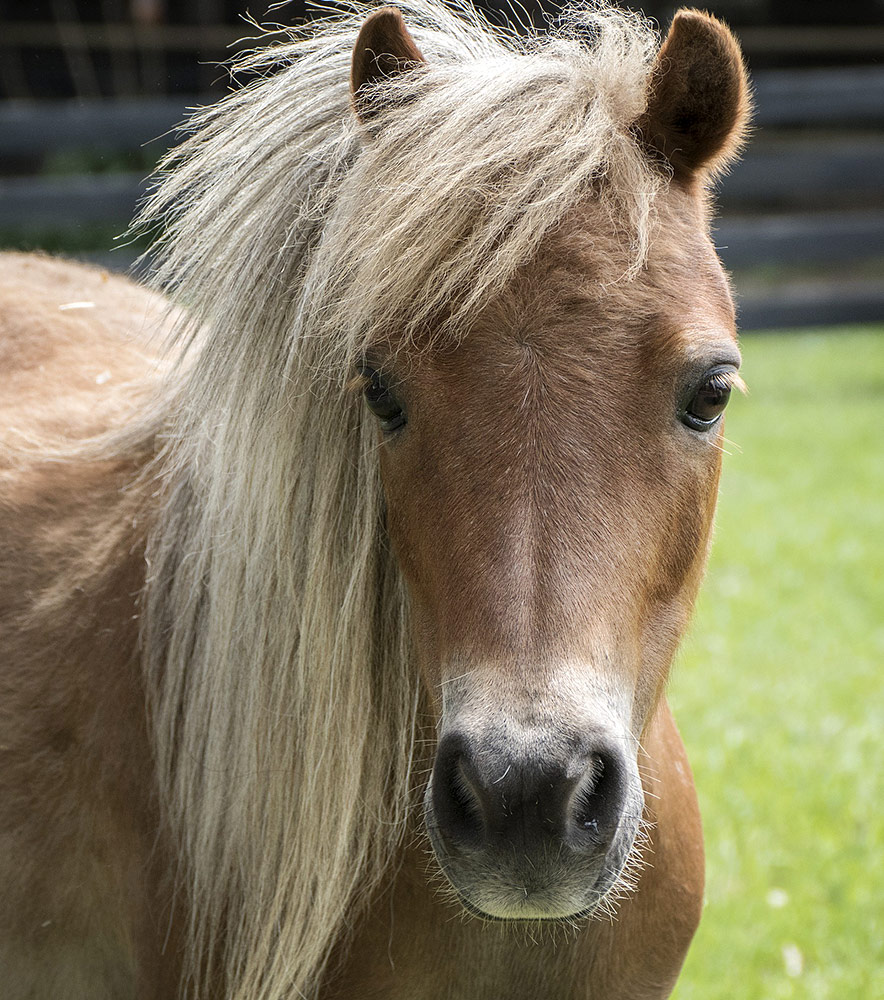
Can You Still Fly with a Miniature Horse on an Airplane
The term "service animal" can cause uncertainty among anyone not familiar with its legal definition. This can result in conflict when it comes to expectations... Read more
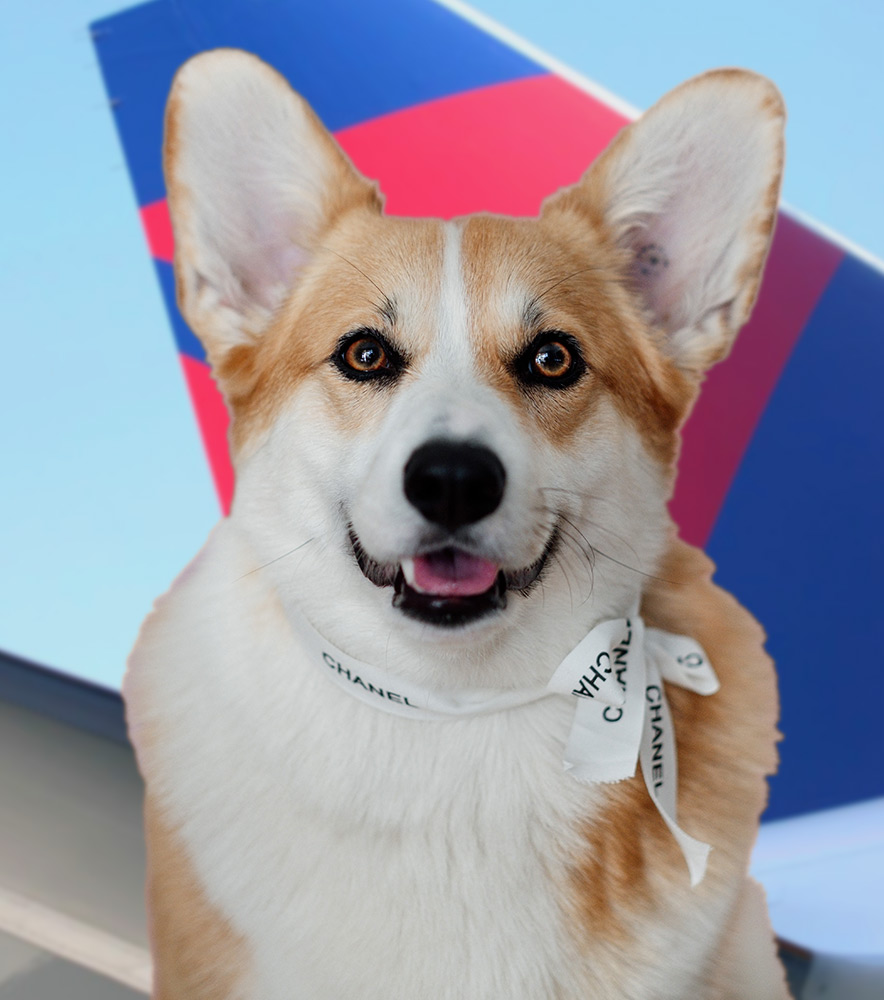
How to Fly With a Service Dog on Delta Airlines
If you plan on traveling, you might find yourself making arrangements to fly with your service dog. Although service dogs are protected by federal laws,... Read more
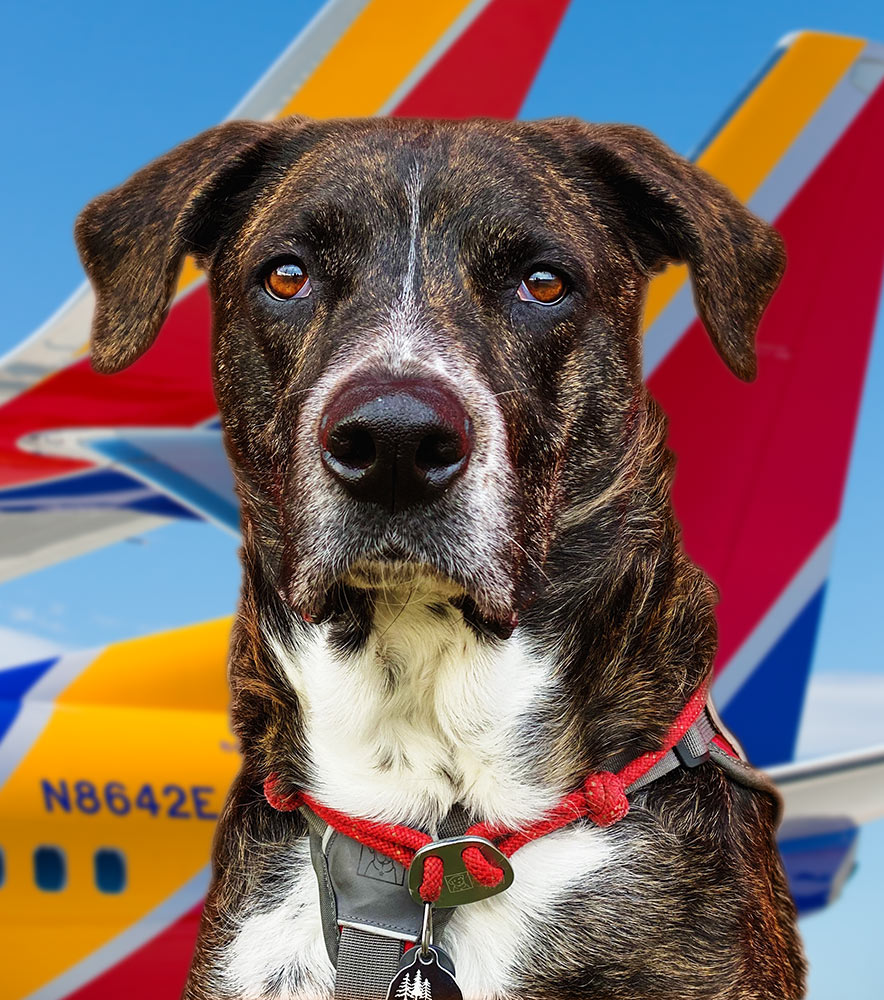
How to Fly With a Service Dog on Southwest Airlines
Widely known for its excellent customer service, Southwest Airlines is one of the most preferred airlines in the United States. If you’re one of their... Read more
